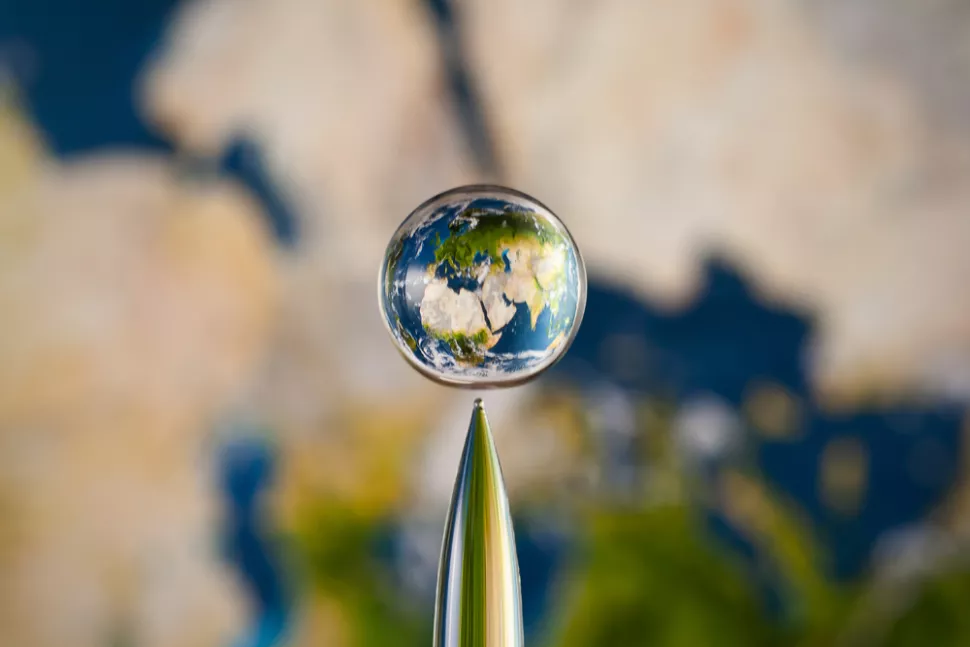Alien worlds may be all the rage, with their mystique and promise, but the orb we call home, planet Earth, has all the ingredients for a blockbuster film: from the drama of erupting volcanoes, past meteor crashes, and catastrophic collisions between rocky plates, to the seeming fantasy of the ocean’s deep abysses swirling with odd life, and tales of the coldest, hottest, deepest, highest, and all-out extreme spots. Did you know that the Earth is not a sphere? That we’re traveling at 67,000 mph around the sun? That Antarctica holds the majority of the world’s fresh water? We combed through our archives to compile a list of only 50 of Earth’s most remarkable and fascinating facts.
Earth is a squashed sphere
The Earth isn’t a perfectly round sphere. As Earth spins, gravity pulls us toward the centre (assuming Earth is a perfect sphere for the sake of discussion), while a centrifugal force pulls us away. The centrifugal force near the equator, however, is not exactly opposed to gravity since it works perpendicular to the Earth’s axis, and the Earth’s axis is inclined. At the equator, excess quantities of water and earth are pushed into a bulge, or “spare tyre,” around our globe, compounding the imbalance.
The planet has a waistline
Mother Earth has a big waistline: the globe’s circumference at the equator is 24,901 miles (40,075 kilometers). Bonus fact: If you stood on the equator, you’d weigh less than if you stood on one of the poles.
The planet is recycled
The ground you’re treading on is made from recycled materials. Igneous rocks are transformed into sedimentary rocks, metamorphic rocks, and back again by the Earth’s rock cycle.
Although the cycle isn’t a perfect circle, the basics function as follows: Magma rises from the depths of the Earth and hardens into rock (the igneous component). That rock is uplifted to the surface by tectonic processes, where erosion shaves away at it. These microscopic fragments are deposited and buried, while pressure from above compacts them into sedimentary rocks like sandstone. If sedimentary rocks are buried further deeper, pressure and heat cause them to “cook” into metamorphic rocks.
Our moon quakes
The moon of Earth appears to be dormant and inactive. Moonquakes, or “earthquakes” on the moon, do, however, keep things a little shaky. Earthquakes are less common and less powerful on the moon than they are on Earth.
Moonquakes, according to USGS scientists, appear to be linked to tidal pressures caused by the changing distance between the Earth and the moon. Moonquakes are also more likely to happen at enormous depths, almost halfway between the lunar surface and its centre.
The hottest spot is in Libya:
According to NASA Earth Observatory, the hottest point on Earth is El Azizia, Libya, where temperature records from meteorological stations show it reached 136 degrees Fahrenheit (57.8 degrees Celsius) on Sept. 13, 1922. There were probably hotter places outside of the network of weather stations. (The image was made using data from NASA’s Aqua satellite’s Moderate Resolution Imaging Spectroradiometer (MODIS).)





